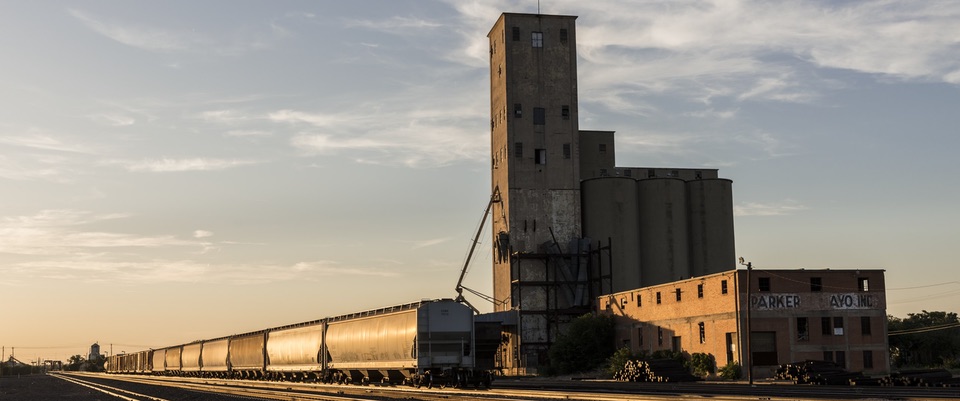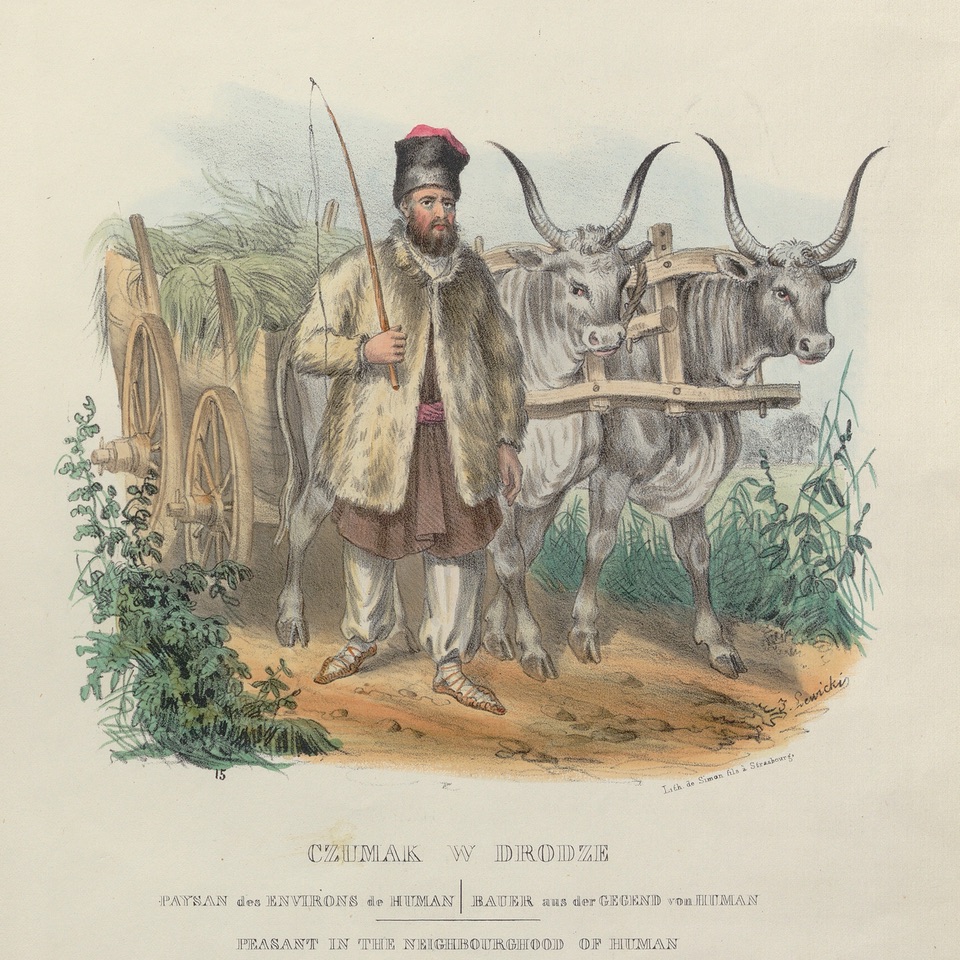
Podcast: Play in new window | Download (Duration: 30:25 — 28.0MB)
Subscribe: Google Podcasts | Spotify | Android | RSS | More
 Cereals provide their offspring with a long-lived supply of energy to power the first growth spurt of the seed. Thousands of years ago, people discovered that they could steal some of the seeds to power their own growth, taking advantage of the storability of seeds to move the food from where it grew to where it might be eaten. Wheat, the pre-eminent cereal, moved along routes that were ancient before the Greek empire, carried, probably, by ox-drawn carts and guided along these black paths by people remembered in Ukraine today as chumaki.
Cereals provide their offspring with a long-lived supply of energy to power the first growth spurt of the seed. Thousands of years ago, people discovered that they could steal some of the seeds to power their own growth, taking advantage of the storability of seeds to move the food from where it grew to where it might be eaten. Wheat, the pre-eminent cereal, moved along routes that were ancient before the Greek empire, carried, probably, by ox-drawn carts and guided along these black paths by people remembered in Ukraine today as chumaki.
In this episode, Scott Nelson, author of Oceans of Grain, tells me about the various ways in which the ability to move wheat more efficiently changed world history, geography and economics, for starters.

Notes
- Scott Reynolds Nelson’s book Oceans of Grain is published by Basic Books.
- Listen to Persephone’s Secret, if you haven’t already, and I promise no vengeful gods will render you dumb.
- Banner photo of a grain elevator and train in Wichita Falls, Texas by Carol M. Highsmith. Image of a 19th century Chumak by Jan Nepomucen Lewicki; Public Domain.
- Here is the transcript.

Jeremy Cherfas speaks with Scott Reynolds Nelson about his book Oceans of Grain. The conversations are broken up into the themes of transport, finance and empire. This series of conversations is not so much a history of wheat, but rather a history through wheat. It is fascinating to consider the impact that grain has had on so many significant historical events. I remember hearing Marilyn Lake talk about having a global perspective, this is a great example of this.
This summer, a polymath biologist @EatPodcast asked me tough q’s about Oceans of Grain
Prequel: Persephone’s secret eatthispodcast.com/grain-persepho…
1: Grain & Transport
eatthispodcast.com/transport-grai…
2: Grain & Finance
eatthispodcast.com/finance-grain/
3: Empire & Grain
eatthispodcast.com/empire-grain/
https://media.blubrry.com/eatthispodcast/p/mange-tout.s3.amazonaws.com/2022/empire-grain.mp3Podcast: Play in new window | Download (Duration: 31:30 — 28.9MB)Subscribe: Google Podcasts | Android | RSS | More
In the final part of my conversation with Scott Reynolds Nelson, author of Oceans of Grain, we move on to empire. The earliest city states in Mesopotamia built their fortunes on their position astride grain transport routes. Still today, the ability to tax grain as it moves and to control that movement is a source of political and commercial power around the world. Nations also need to remember the need to feed the forces that exercise their power, which is often more important than materiel. And quite by coincidence, publication day celebrates the American War of Independence.
Wrapping up this trilogy, I must add that there is much, much more to the story. It it impossible for me to single out any favourites, but I assure you that Oceans of Grain is well worth reading.
Notes
Scott Reynolds Nelson’s book Oceans of Grain is published by Basic Books.
In case you missed them, the first episode in this trilogy covers grain and transport and the second, grain and finance.
Transcript, finally.
Banner image from The landing at ANZAC, April 25 1915, by Charles Dixon. Cover image, a 1909 wheat penny, minted to commemorate the centenary of Abraham Lincoln’s birth and, not coincidentally, using wheat as a symbol of the United States’ empire.
Huffduff it
https://media.blubrry.com/eatthispodcast/p/mange-tout.s3.amazonaws.com/2022/finance-grain.mp3Podcast: Play in new window | Download (Duration: 29:10 — 13.5MB)Subscribe: Google Podcasts | Android | RSS | More
Having moved your wheat from where it grew to where it was needed, there was a matching need to transfer the money to pay for it. Bills of exchange, invented in Venice and Genoa, created a piece of paper that increased in value as the time for delivery of the wheat drew near, but it was the need to avoid rank profiteering in times of war that created the futures market. Standard amounts of standard quality grain made buying and selling the crop even more efficient – and saved the Union army during the Civil War in the US.
Scott Reynolds Nelson traces the ways in which the wheat trade affected financial matters in his book Oceans of Grain. The story goes far beyond merely paying for the grain, extending to huge infrastructure projects and the consequences of their failure.
Notes
Scott Reynolds Nelson’s book Oceans of Grain is published by Basic Books.
In case you missed it, the first episode in this trilogy covers Grain and transport.
There is nowfinance-transcript a transcript.
The banner and cover images are small sections of Jacopo de’Barbara’s astonishing map of Venice, published in 1500. Trading ships were the source of Venice’s wealth, unloading grain at the Fondaco del Frumento right next to St Mark’s Square and the Doge’s Palace.
Huffduff it
If you’re interested in understanding how the world functions, you must listen to this @EatPodcast interview to Scott Nelson about his book “Oceans of Grain”: history, food, grain, technology, and transport.
It’s a must.
eatthispodcast.com/transport-grai…
This Article was mentioned on willtmonroe.com
In the trailer for this short series, I presumed some context about the relationship of the topic to the Ukraine, but missed the true mark with the additional context provided here.
Even better, I suspect that some of the history here is right up my alley in relation to work I’ve been doing on oral cultures. Some of it “sounds” like early oral Ukrainian culture is eerily reminiscent to Milman Parry’s work on orality among the guslars of Yugoslavia and reading I’ve been doing on Indigenous astronomy! What a great find. I’ve immediately ordered a copy of the book.
I wouldn’t expect these sorts of information and insight in a typical podcast about food, but Jeremy Cherfas always delivers the goods.